Riesling Alter Reben Krems Rainer Wess 2021
The grapes come from vines aged 20-50 years, grown in the two vineyards - Stein and Kremsleithen. Shale soils predominate, and even in warm years the Riesling from these vineyards is more elegant and delicate than powerful.
Region
Profile
-
Fruit
-
Body
-
Dryness
-
Freshness
-
Alcohol
Variety
Flavours
-

-

-

Glass

Serving Temperature

Food pairing
-

-

-

Maturity
Drink nowMore of the same producer
More about this product
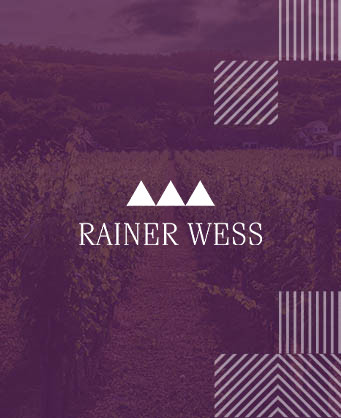
Weingut Wess
With more than 2,200 hectares of vineyards, the Kremstal region includes the vineyards around the historic town of Krems, backing onto the neighbouring and famous Wachau region to the west, the Krems valley with its dense loess deposits to the east, and the small wine villages south of the Danube clustered around the imposing Göttweig Abbey. In 2003, Rainer Wess fulfilled his dream of producing quality wines bearing his signature and his name on the label, as they epitomise the typicality and regional character of the Kremsstal. The focus of the work falls on local specialities - the spicy Grüner Veltliner and the elegant and mineral-driven Riesling, which Rainer and now the next generation, daughter Christina, are turning into both fresh, aromatic and light wines but also serious and complex ones with long ageing potential..
All wines of the same producer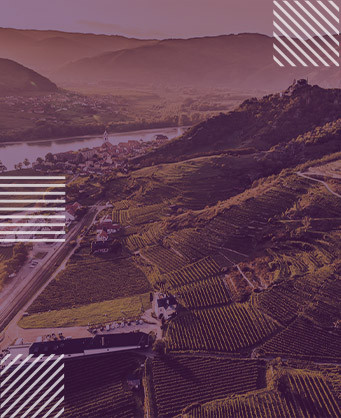
Niederösterreich
Долна Австрия е най -големият австрийски лозарски регион за Квалитетсвайн. Под неговото име са събрани изобилие от винени култури, вариращи от лозови стилове на местни сортове, до отличителни интерпретации на международни типове. Осемте специфични лозарски региона, разположени в региона - със звучни имена като Вахау на запад и Карнутум на изток - могат да бъдат грубо разделени на три климатични зони: Вейнвиертел на север, река Дунав със страничните си долини (Трайсен, Камп и Кремс) на запад от Виена и Панонски Долна Австрия на югоизток. Четвъртичните отлагания, особено дребнозърнестият льос и едрозърнестите терасови чакъли, така благоприятстващи лозарството, са разпространени във всички основни единици. Лесът осигурява основния материал за дълбоката почва в около половината от лозята, варовито-доломитни в различни пропорции. Неогеновите находища в басейна на Моласе и Виенския басейн поддържат около една трета от лозята. Освен местно формирани мергели и пясъчници, конгломерати и варовик Лейта, тук е доминираща рохкава скала. Съставите варират от глинеста тиня върху пясък до чакъл и камъчета във всички възможни смеси и могат също да се различават значително по отношение на съдържанието на карбонати. Малко над 6%т от лозята растат в почви, лежащи върху кристалната скала на Бохемския масив. Преобладават киселинният гнайс, гранит и гранит. Особено в последователността на често схистичните парагнейси, човек се сблъсква с често редуване между амфиболитни легла и по -малко разпространени слоеве мрамор.
More wines of this region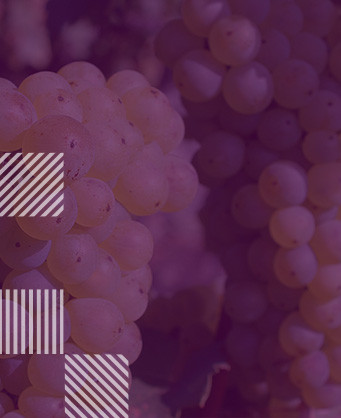
Riesling
Riesling is an aromatic white grape variety that produces wine in the entire range - from botrytized sweet (one of the best in the world) to dry and semi-dry varieties, with captivating aromas of citrus and stone fruits, as well as the typical petroleum aroma, which in certain terroir appearances can dominate sensitively. Riesling's homeland can be said to be the valleys of the Rhine and Moselle rivers in Germany - the variety likes cooler weather. Naturally, here are the main wine regions of the country (Moselle, Rheinhessen, Rheingau, Pfalz). The vineyards are located on the steep hills, making mechanisation difficult, so here the viticultural activities are mainly manual. The wines from these regions are fresh and with a pronounced acidity. However, Riesling in Germany is by no means the main variety, in fact another is the wine region in which this variety is most common - and this is Alsace in France (or Elsaß in German). Unlike the German Riesling, the French Riesling is more saturated and lush due to the specifics of the microclimate there - the Vosges Mountains provide protection from northern winds and cold, and the sun is more generous in this southern region. Outside of these countries, perhaps Austria also presents itself with an interesting reading of this often called king of white varieties, and some countries of the New World successful experiment with it as well.
More wines of the same variety
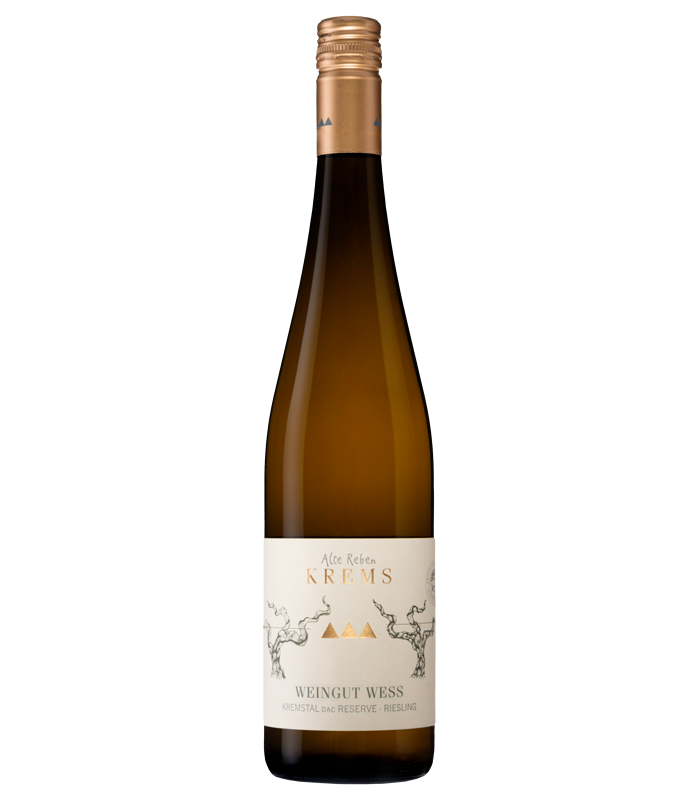


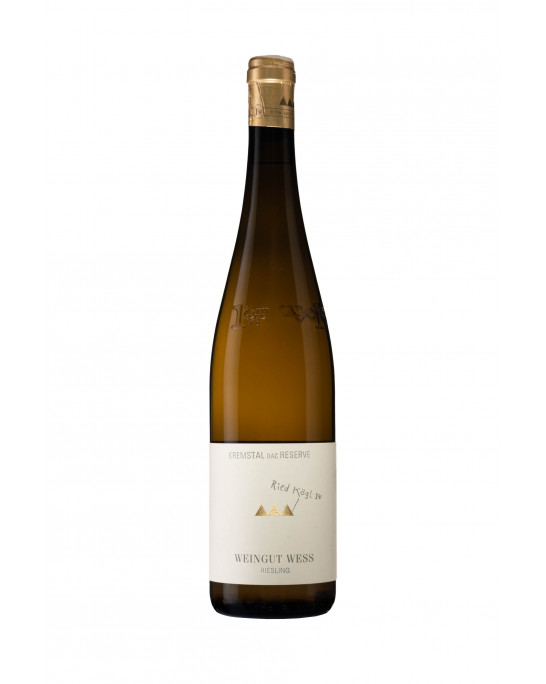
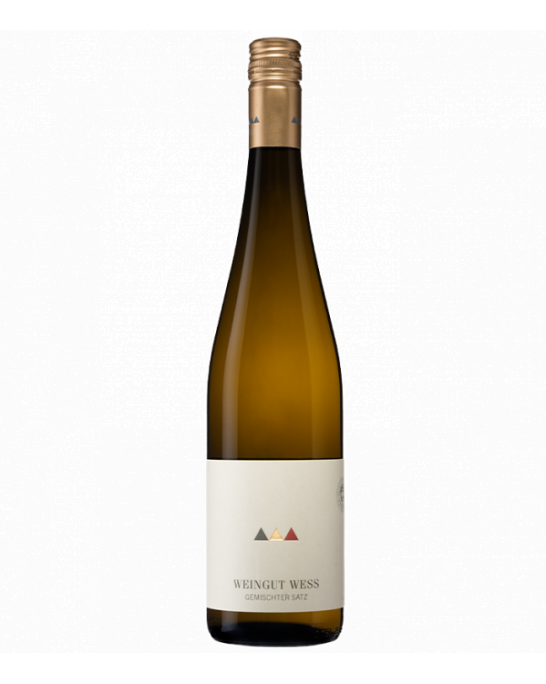
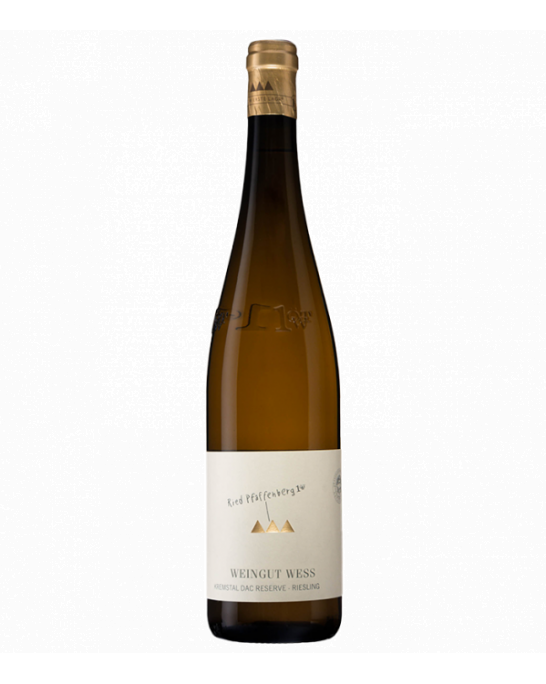
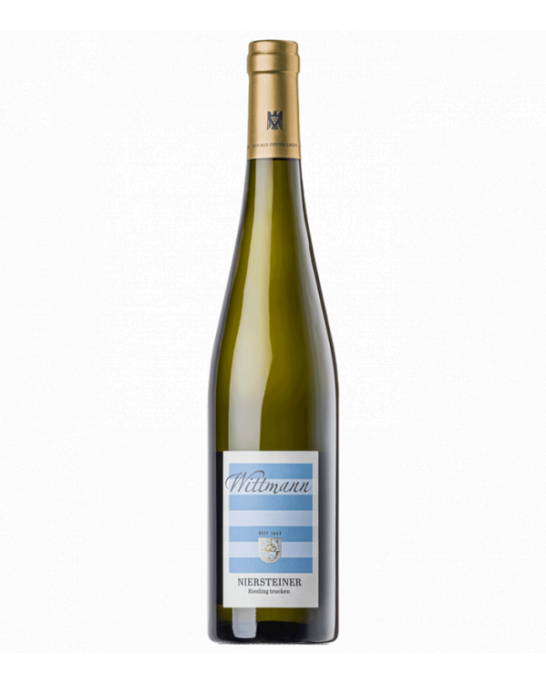
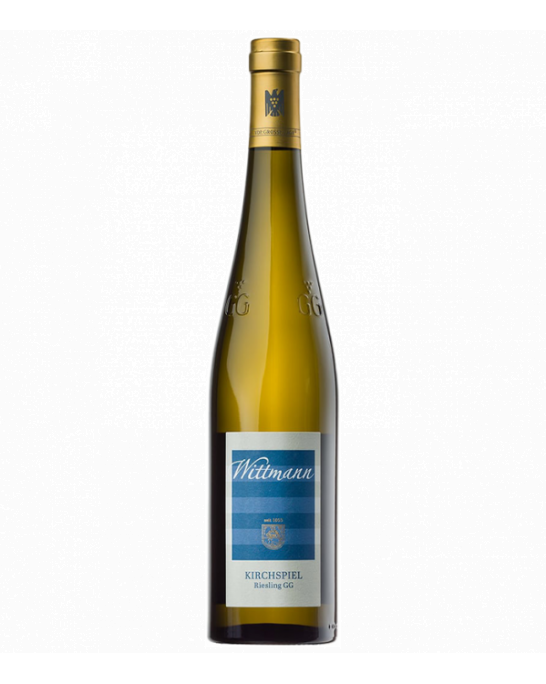
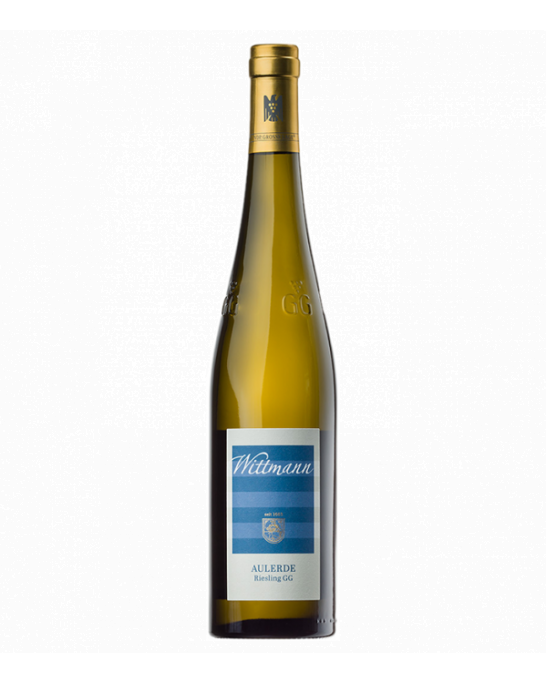
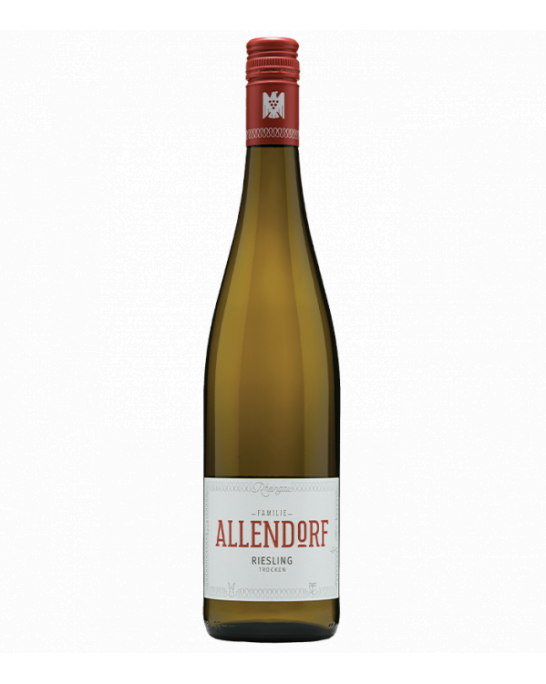
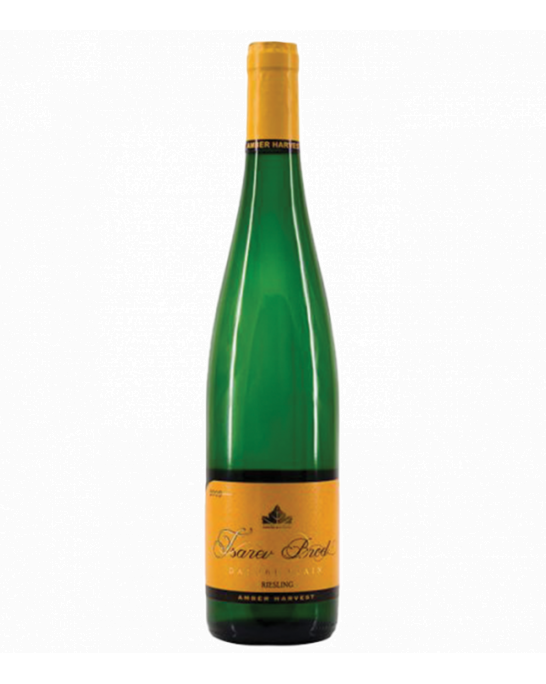
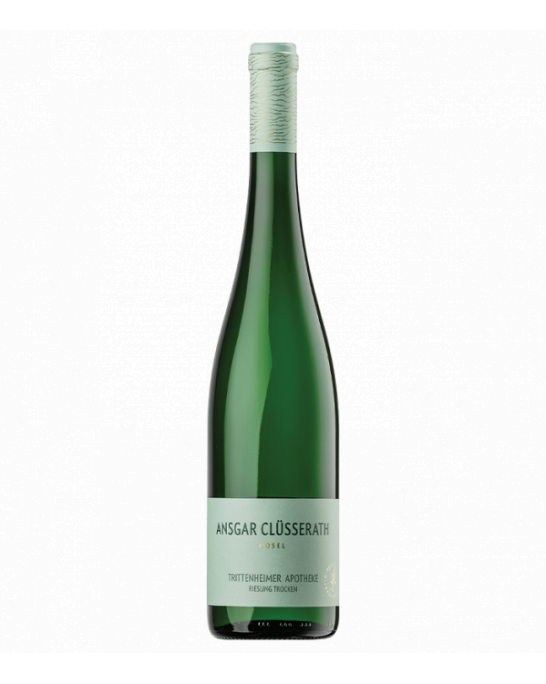
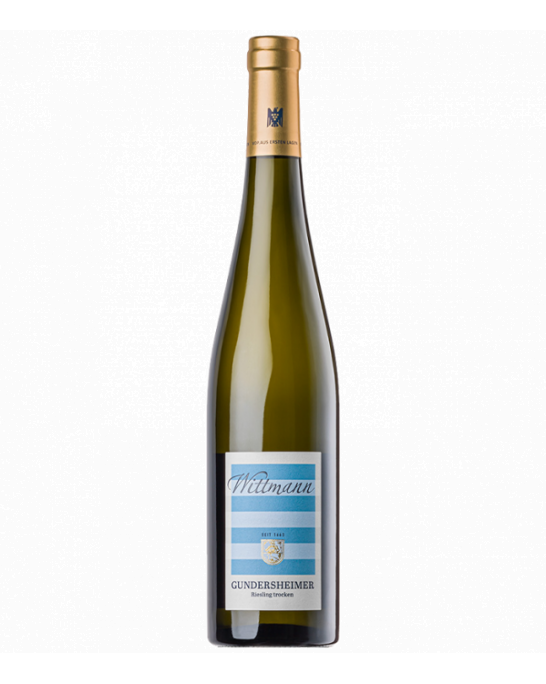

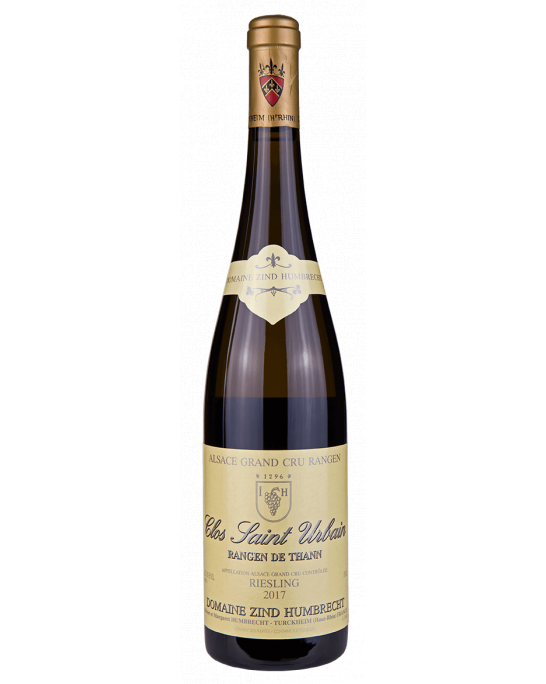
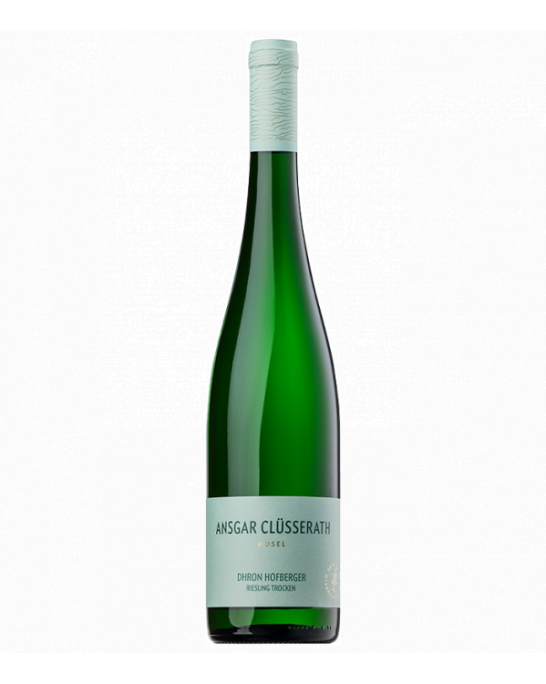
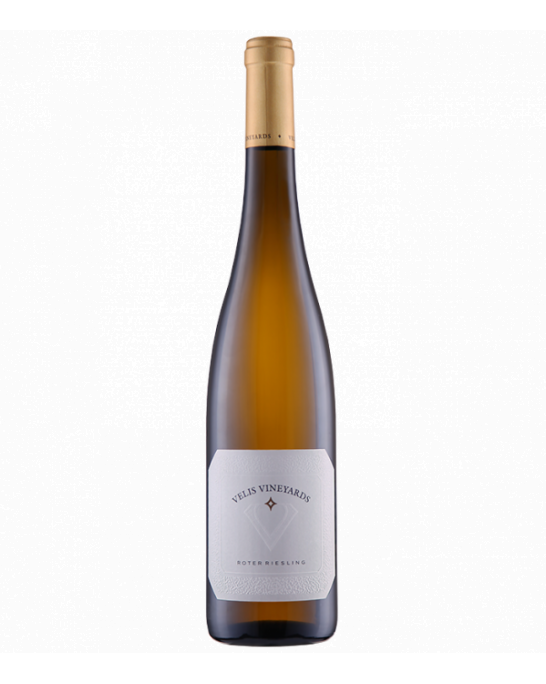
Customer reviews
No reviews available
Be the first to review